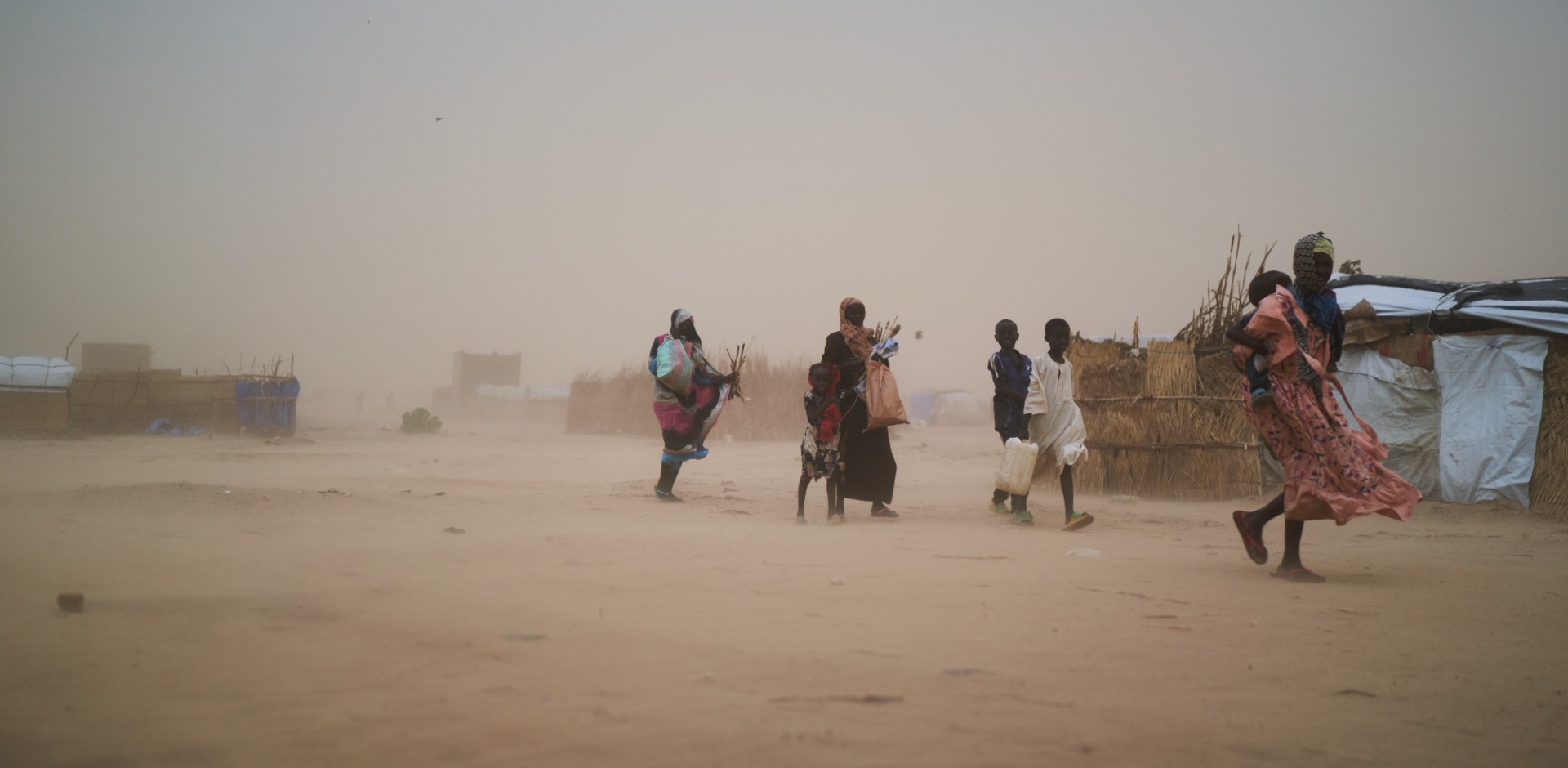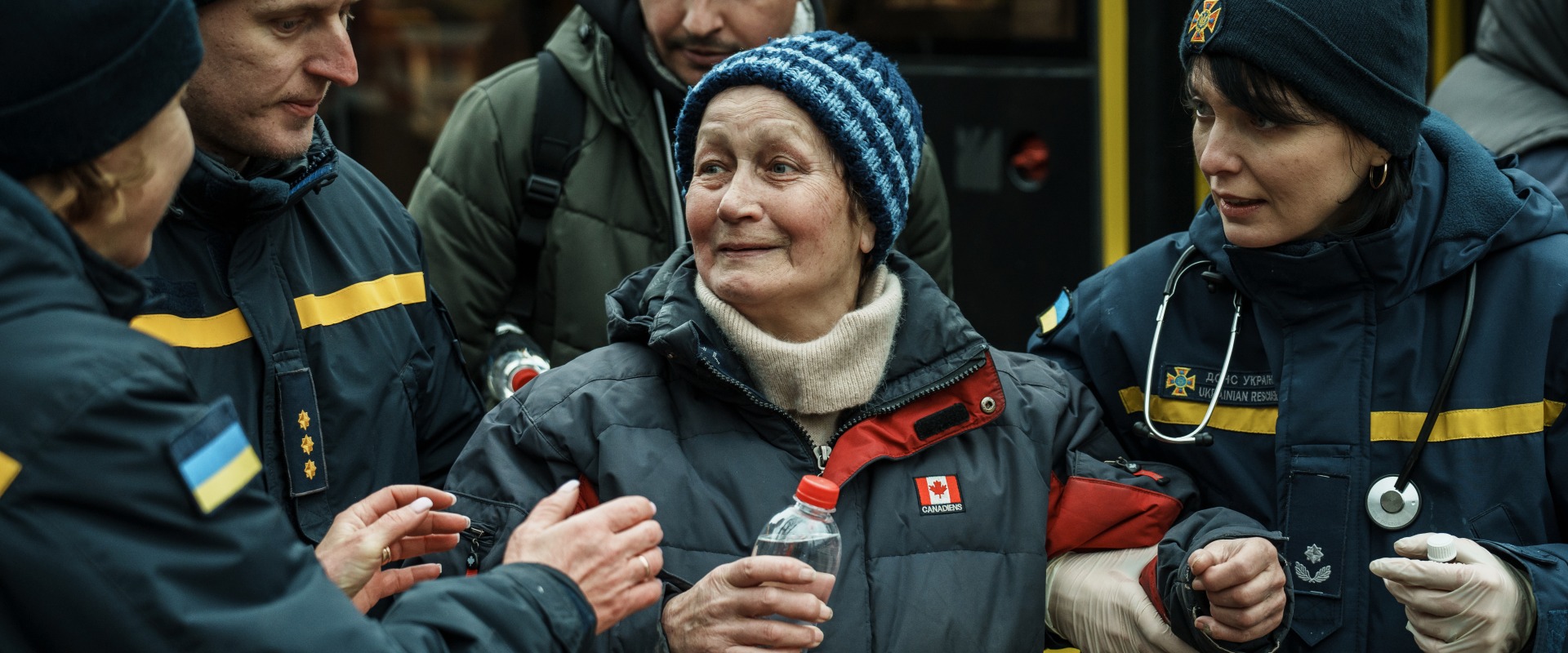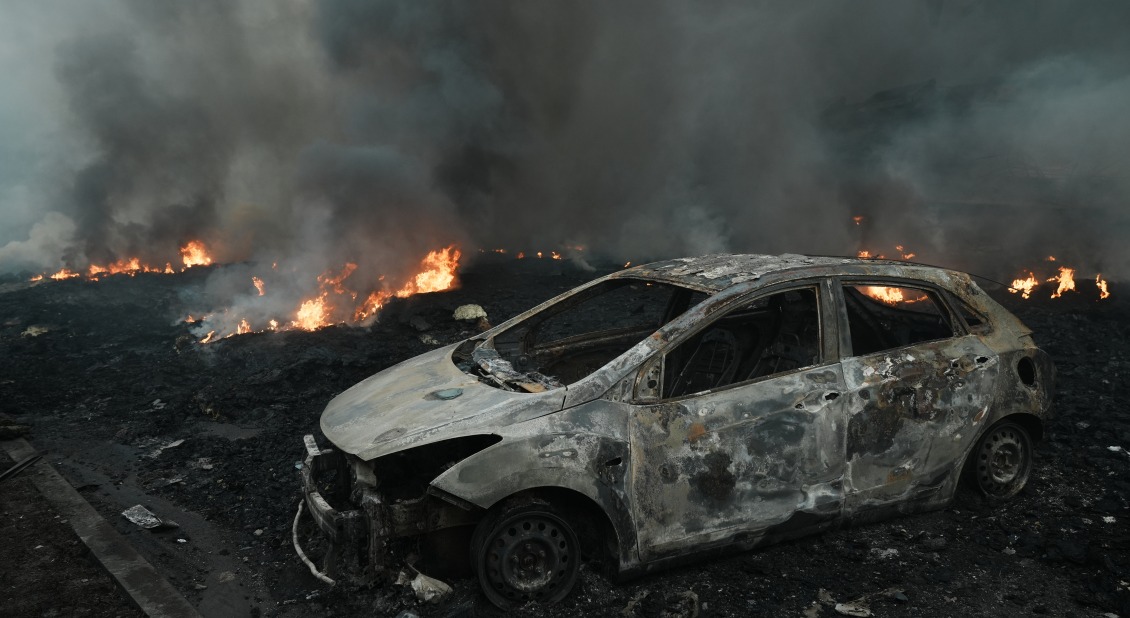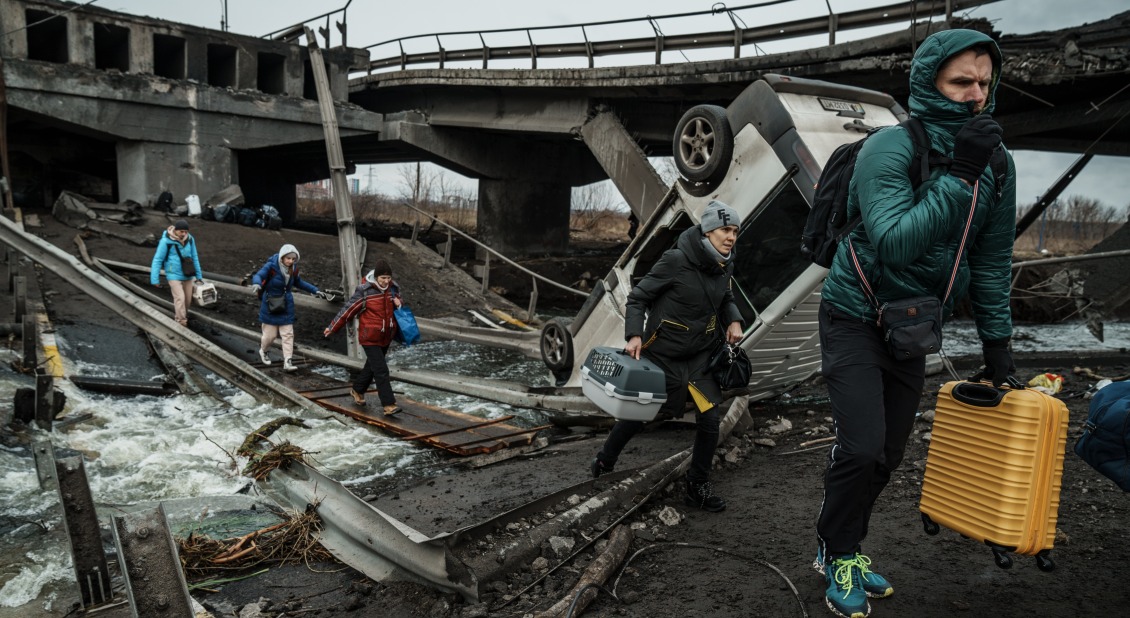
FAMINE IN SUDAN

A Q&A with Anthony Kergosien, Regional Director of Operations for Action Against Hunger’s humanitarian response in Ukraine.
How has the Ukraine-Russia conflict evolved in recent months?
The Ukraine-Russia conflict remains extremely volatile. Since this summer, fighting has been concentrated on the southern front and the cities of Mykolaiv and Kherson and on the eastern front around the cities of Kharkiv, Sievierodonetsk, and Kramatorsk. In more recent months, we have seen an upsurge in air strikes and increasing use of kamikaze drones by the Russian army. These strikes have targeted critical infrastructure and caused heavy damage in several towns across the country.
The United Nations Human Rights Monitoring Mission has identified at least 17,362 civilian casualties as of December 11, with 6,755 people killed and 10,607 injured. The World Health Organization has recorded more than 700 attacks against health facilities in Ukraine since February 24, representing more than 70% of all attacks against health facilities around the world.
As each week passes without a political resolution to the conflict, humanitarian needs increase, particularly in areas close to the frontlines. With winter approaching, people are losing power and access to water. Millions of people risk finding themselves isolated and disconnected, without heat, light, water, or communications services for extended periods in regions where temperatures can drop to below zero.
All parties to the conflict must respect international humanitarian law. It is imperative that they do not target civilians and civilian infrastructure and that civilians are protected from the indirect effects of ongoing violence and attacks.

What are the primary humanitarian needs in Ukraine?
An estimated 18 million people in Ukraine are in need of urgent humanitarian assistance, including health services, access to clean water and safe sanitation, and basic goods. Winter is fast approaching, and people do not have the capacity to cope with the cold amid war and destruction.
How is Action Against Hunger helping?
The Ukrainian government, locally based volunteer associations, and civil society have mobilized to meet humanitarian needs. Action Against Hunger partners with 25 local institutions, organizations, and community members to provide essential financial, logistical, and technical support while also providing direct humanitarian assistance as needed.
In western Ukraine, we provide mental health support and cash transfers to both displaced people and vulnerable host community members in Chernivtsi. In eastern Ukraine, we support those directly impacted by the conflict by distributing hot meals, hygiene materials, and other basic supplies. We are also developing new mental health programs and strengthening the medical supply chains of our medical partners. Our teams are providing supplies to help repair damaged water treatment plants and water distribution networks, ensuring safe water access for local communities.
We plan to continue expanding our programs, especially as the conflict threatens more lives each day. Currently, we are launching new programs in Odessa and Mikolaiv.
Since March, we have helped more than 250,000 people in Ukraine, both directly and indirectly through our partners, by increasing food security, improving access to clean water, and providing mental health support.

Can Action Against Hunger reach people in the areas hit hardest by the conflict?
In eastern Ukraine, Action Against Hunger works in Dnipro, Zaporijia, and Karkhiv, cities close to the frontlines of the conflict where our teams and our partners are near to heavy bombardments. To reduce risk, we stay away from so-called strategic targets, such as military structures, which are subject to frequent bombings. However, at times the violence is much more indiscriminate and random, putting our staff at extremely high risk.
For this reason, we assess security and risk daily and adapt our presence accordingly to keep humanitarian workers safe while providing aid to people in desperate need. We urge all parties to the conflict to ensure the protection of humanitarian space and to allow humanitarian operations to continue.

How does Action Against Hunger help refugees in neighboring countries?
About 7.8 million people have taken refuge outside of Ukraine, primarily in border countries and wider Europe. Action Against Hunger works in Moldova, Romania, and Poland, focusing on providing mental health support and emergency cash transfers to help families cope in their new countries. While the influx of refugees has slowed since the conflict began, and some families have returned to western Ukraine, we fear that the volatile nature of the conflict and the onset of winter could cause a new wave of displacement. It is critical that we act now.
Join our community of supporters passionate about ending world hunger.